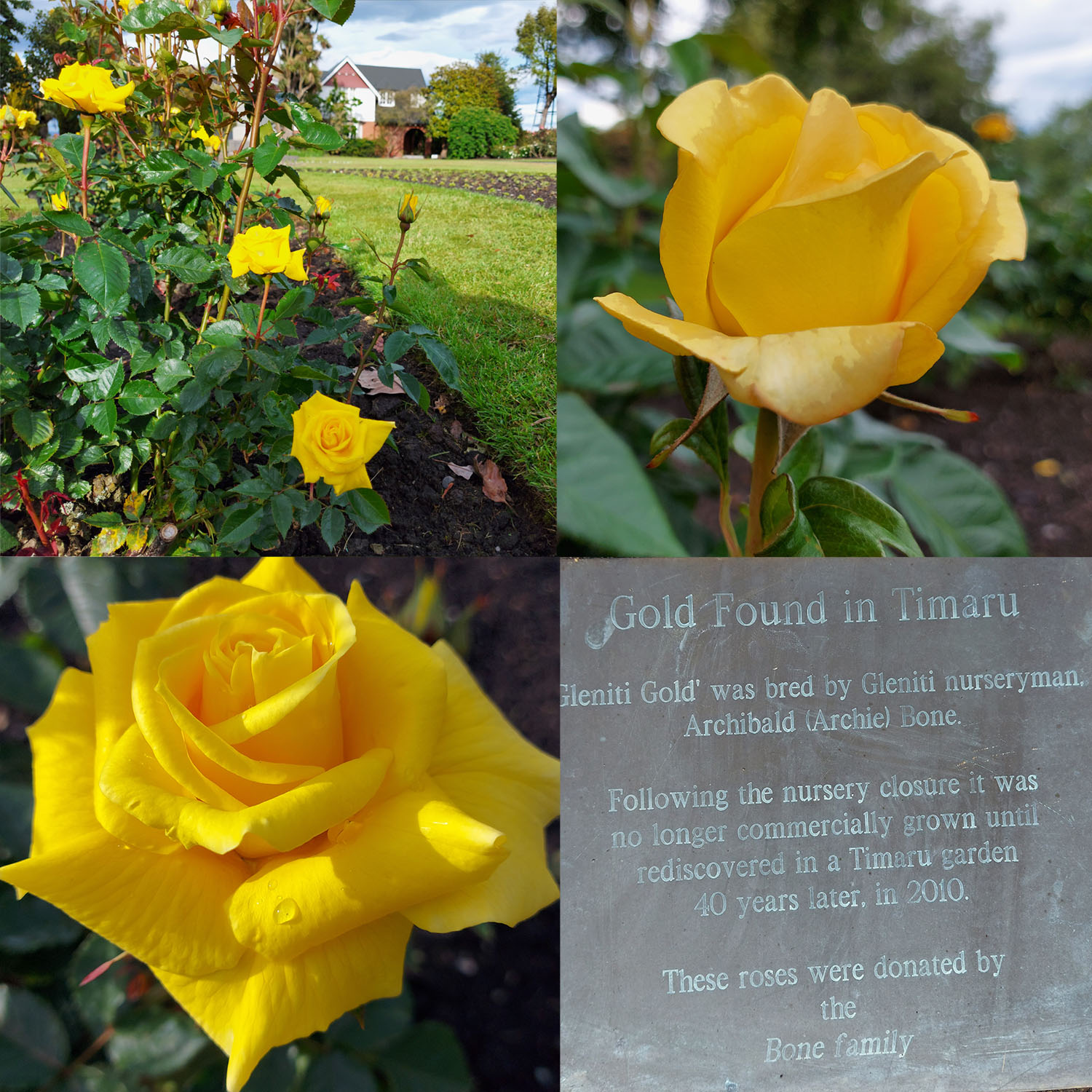Roses brough women together, can you find a Women's Institute that features a rose?
The first WI meeting in the UK was 16 September 1915, and was established to educate rural women, and encourage countrywomen to grow and preserve food to help the War effort in WW1.
The CW1 sought to bring women together to support each others and share ideas world wide including New Zealand and South Canterbury.
The Rosewill Country Women's Institute Banner is on display in the South Canterbury Museum. The Rosewilll branch started in 1931 and ran until 1989. Rosewill was an Estate acquired by the Government in 1900 from Levels Estate (N.Z. & Aust. Land Co.) and opened in 7/3/1904. Named after William Hall-Jones a member of Parliament. Rose was his wife. Rosewilll school opened in 1906 and closed 1939.
The first Maori Women's Institute in the South Island was formed at the Arowhenua
Temuka Leader 21 July 1931 Page 2 AROWHENUA MAORI WOMEN'S INSTITUTE IS FORMED
The first Maori Women's Institute in the South Island was formed at the Arowhenua Maori Pa yesterday afternoon, when Miss A. M. Stops, Voluntary Dominion Organiser of the Institute, addressed a gathering of about 40 women. The meeting unanimously decided to form a branch of the Canterbury Federation, to be known as the "Arowhenua Maori Women's Institute." A unique feature of the election of officers' was, the fact, that no president was elected, although four vice-presidents were appointed, these officers each to act as president at one meeting in turn. The order of presidency is to be chosen by ballot, and the vice-presidents would comprise the committee. Lending aid by giving the benefit of their experience, the presidents of the Temuka Institute (Miss M. Fergusson), Waitohi Institute (Mrs H. Sewell), and Seadown Institute (Mrs F. Smith), and the secretary of the Winchester Institute (Mrs E. C. Crosse) attended, and with them were a number of their members. Miss Slops based, her address on the three fundamental principles of the movement — non-sectarian, nonpolitical, and democratic — and went on to outline the great benefit's accruing to members of such a vast, world-wide organisation. In this course of the afternoon the speaker mentioned that there were two purely Maori Institute's in the North Island, although I hear there are many Maori members belonging to several other Institutes. The vice-presidents elected were Mesdames Kingi Rehu, Mary Waaka, P. Paipeta. and Manning. Miss Miria Paiki was elected secretary. Sister Institutes in the district, their respective representatives, offered every possible assistance to the new Institute, and Miss Ferguson undertook to bring a lecturer on "Gardening" for the first meeting. Afternoon tea was served, and at the conclusion of the formal business the Maori women sang folk songs for the visitors. - http://sites.rootsweb.com/~nzlscant/CWI.htm
The red rose depicts the British organisation and has cultural reference to the national flower of England, the rose, and to its long tradition within English symbolism.
Top Left: Rosewill CW1 Banner in the SC Musuem display. A banner for the Rosewill, South Canterbury, Country Women's Institute. Banner is made of black cotton and is hand embroidered with "Rosewill" in red and 1931 in yellow. Embroidered under that is the oval shaped logo "CWI for Home and Country" in yellow and green with the fern leaf and red flower symbols. Under this is embroidered a large floral motif of red flowers, green leaves and yellow and green bird. The banner is backed with gold taffeta lining.
Top Right: Arowhenua Institute Banner - Supplied by Francine Spencer
Below Left: Burnett Gate from the Burnett Homestead in Cave reads "England Expects" with Rose icon
Blow Right: Women gather at Arowhenua - Photo supplied by Francine Spencer











